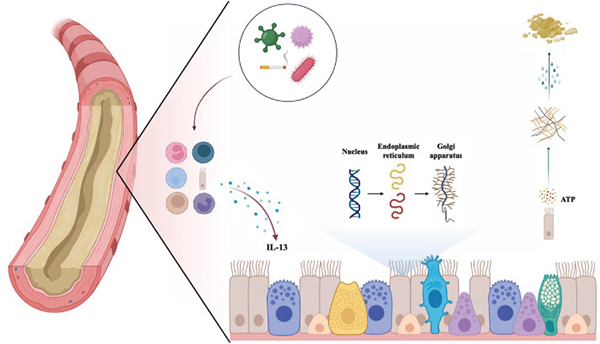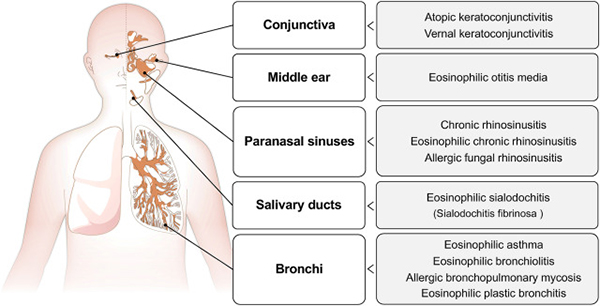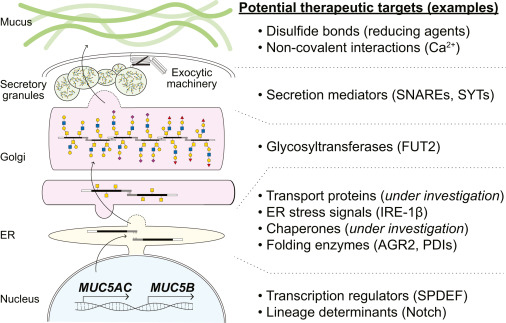Volume 73, Issue 3 (July 2024)
Review Series: Mucus plugs in severe asthma and related airway diseases
Dr. Ana M. Jaramillo from the University of Colorado School of Medicine and her colleagues have highlighted recent advances in the biology of biosynthesis (transcription, translation, post-translational modification), trafficking, and secretion of mucus glycoproteins (MUC5B and MUC5AC), potential targets for intervention to treat mucus hypersecretion and plugging of the airways.
Dr. Misaki Arima from Akita University Graduate School of Medicine and others have described the characteristics of mucus plugs produced in the presence of eosinophilic extracellular traps and other eosinophil-specific molecules. They also have reviewed clinical characteristics of eosinophilic diseases related to eosinophilic extracellular traps and mucus plugs, including chronic allergic keratoconjunctivitis, eosinophilic chronic rhinosinusitis, eosinophilic otitis media, eosinophilic sialodochitis, allergic bronchopulmonary aspergillosis/mycosis, eosinophilic plastic bronchitis, and eosinophilic asthma.
Dr. Carmen Venegas Garrido and her colleagues at St Joseph's Healthcare at McMaster University have comprehensively reviewed the pathophysiology and clinical assessment for mucus plugging in severe asthma. The review focuses closely on the bidirectional interplay of mucin and eosinophils in the formation of mucus plugs in the airways. Furthermore, three hypothetical cases of severe asthma accompanied by mucus plugging, driven by IL-5, IL-13, and non-T2 cytokine-dependent mechanism, respectively, are presented. The treatment strategy for each case is discussed.





